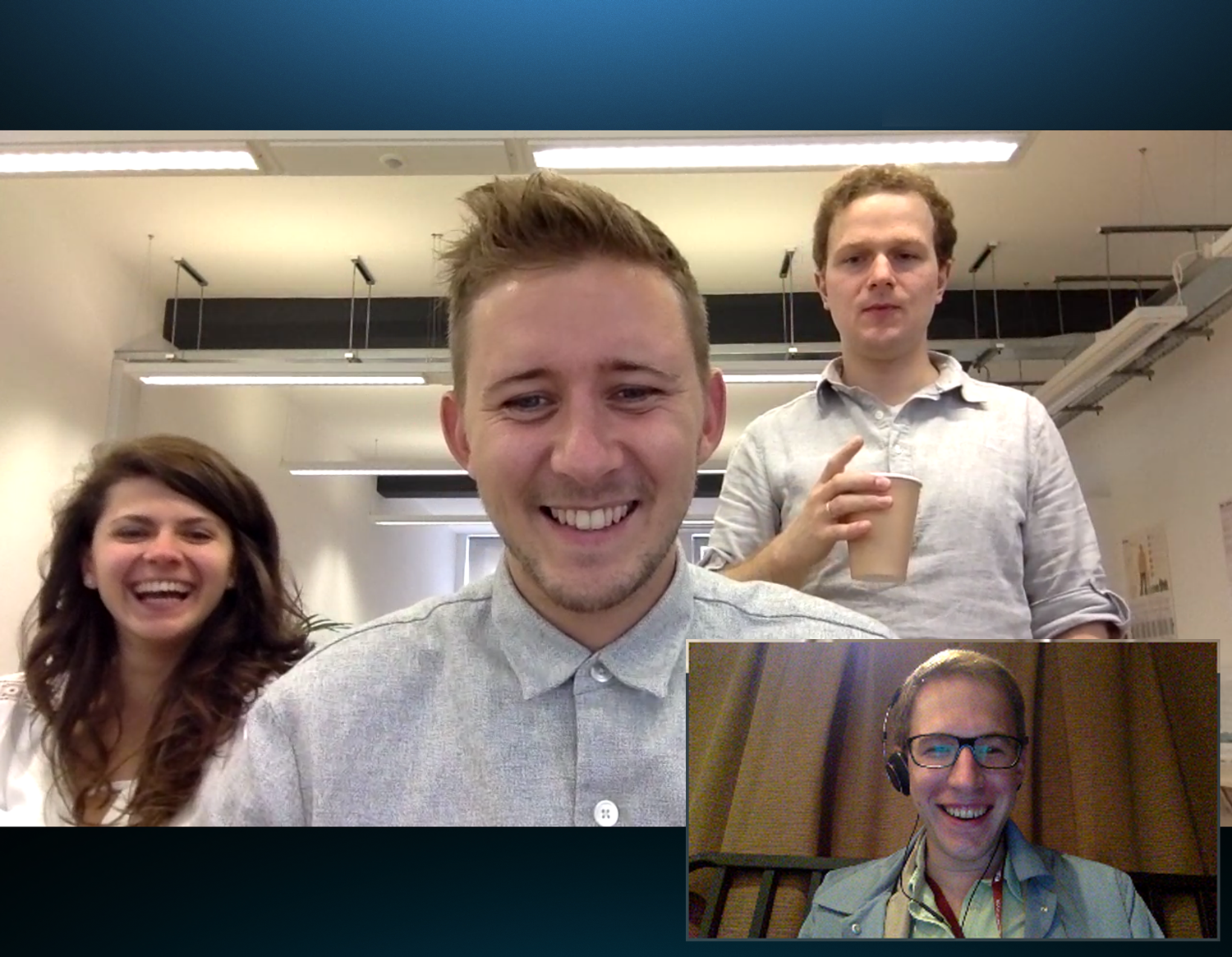On November 28th, 1967 a highly regular radio signal was detected from the constellation of Vulpecula. Thought to be a radio signal sent by an alien civilisation it was nicknamed ‘LGM-1’ which stands for ‘Little Green Men’. Sadly, LGM-1 was a false alarm. The signal turned out to be of natural origin coming from a pulsar—a rapidly rotating neutron star which emits a very strong beam of electromagnetic radiation perceived from Earth as regular pulses. Thus, pulsars are a bit like natural cosmic lighthouses: their transmission is void of any meaningful content, but can serve as a fixed point on a map.
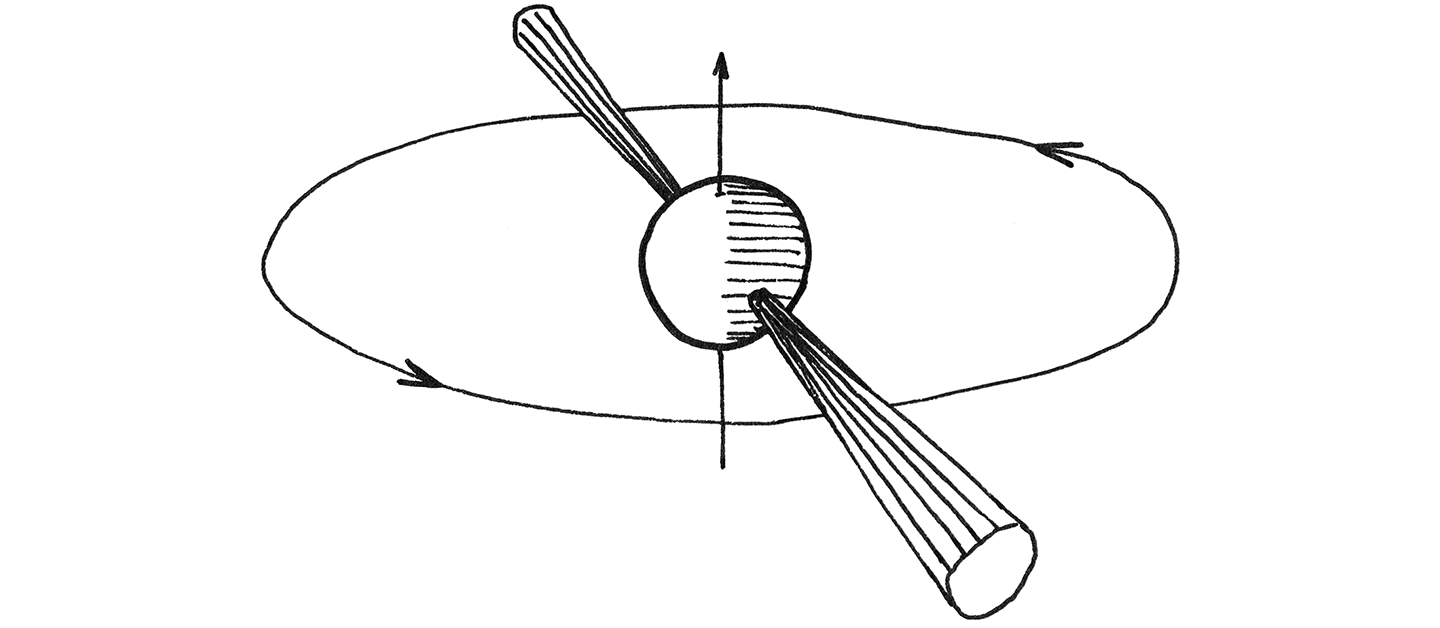
The story of LGM-1 stands in contrast with our own approach to communicating with extraterrestrial intelligence (CETI). We want to send meaningful messages to other civilisations, telling them about us, explaining our location in space, our origin, our sciences and our cultures.
Geoglyphs, parcels and radio
Early proposals for creating CETI messages involves drawing giant burning signs in the Saharan desert and carving Pythagorean triangles into the Siberian tundra. Both ideas resembled popular ancient practice of making geoglyphs — images formed on Earth’s surface. The Nazca Desert and the English countryside are already filled with them, and we are still unable to fully understand their meaning and purpose.
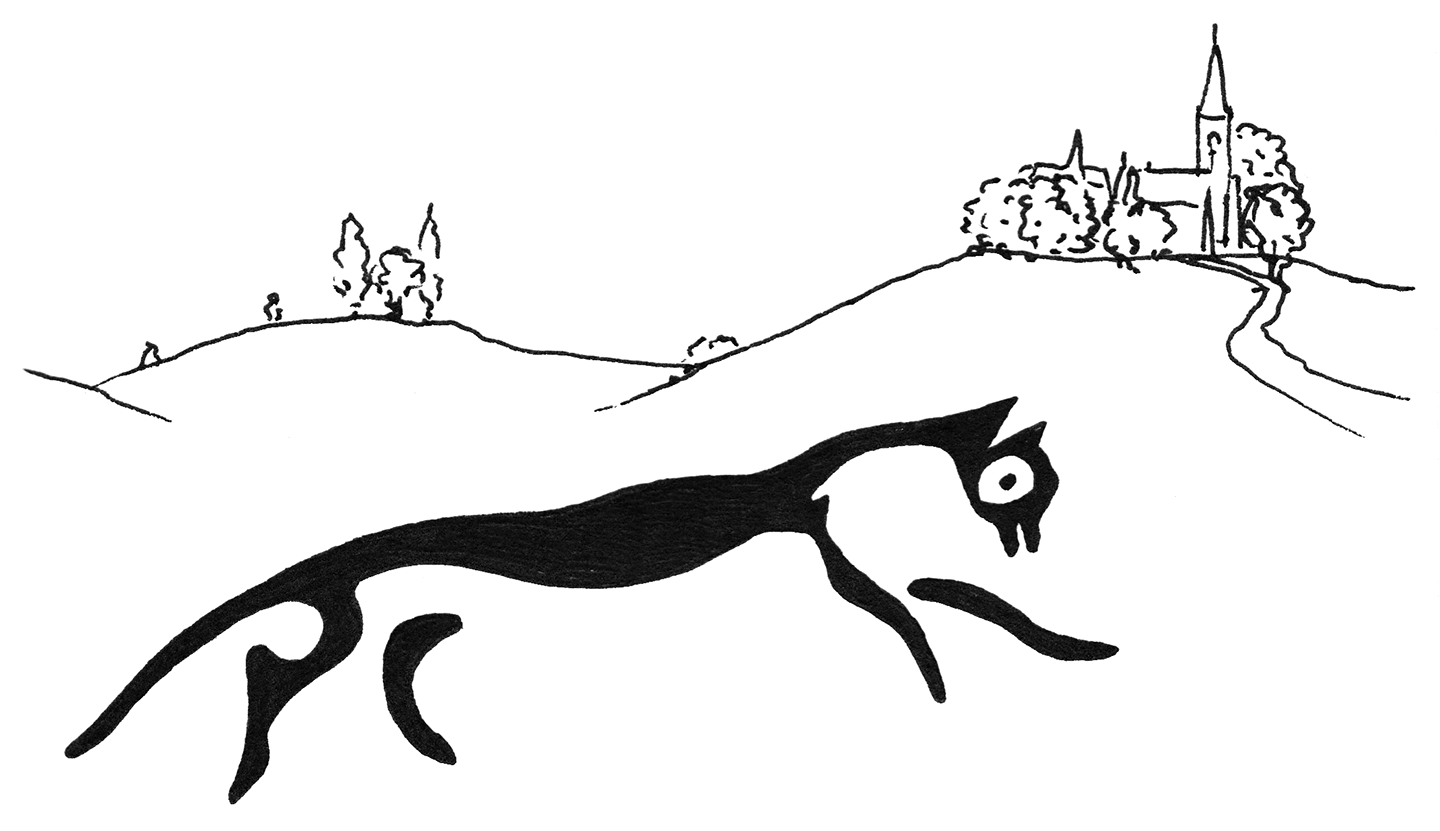
Another type of messages sent from Earth are physical objects. So far four cosmic ‘parcels’ were sent onboard four spacecraft: Pioneer 10 and 11, and Voyager 1 and 2. Pioneers carried an engraved plaque with images of humans and Earth’s location amongst other encoded information. Each Voyager spacecraft carried a golden record with pictorial engravings and analogue recordings of voice greetings, ambient sounds, music, photographs and diagrams.
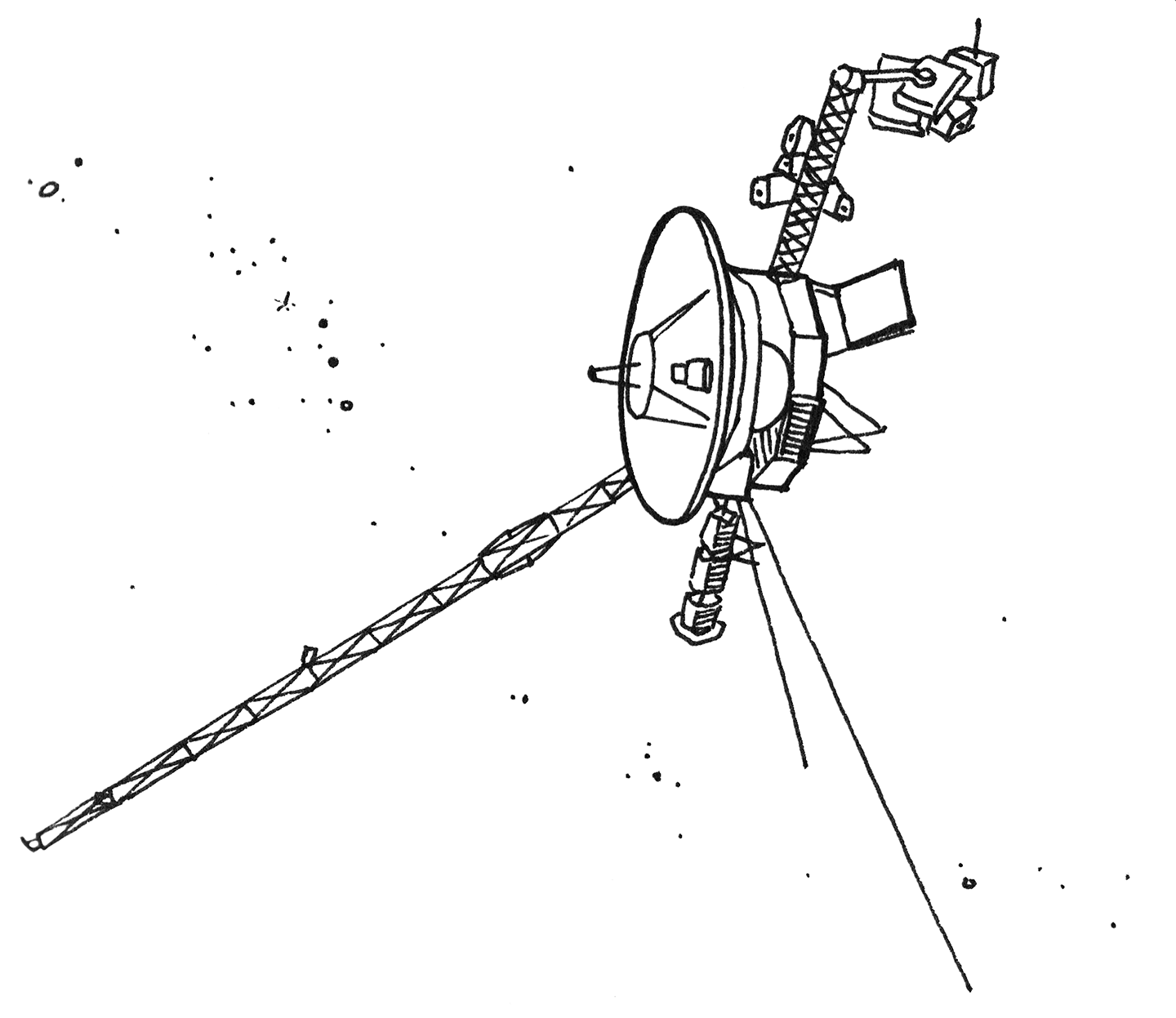
More recent endeavours include radio transmissions directed towards selected regions of space. One of the best known attempts is the Arecibo message sent towards the globular star cluster M13 in November 1974. The message was encoded as a string of binary pulses that is meant be arranged into a meaningful bitmap image at its destination. Since then many more radio transmissions followed with messages created and sent by scientists, start-ups, product advertisers and artists. We have also realised that radio transmissions have been leaking from Earth since the early years of wireless broadcast.
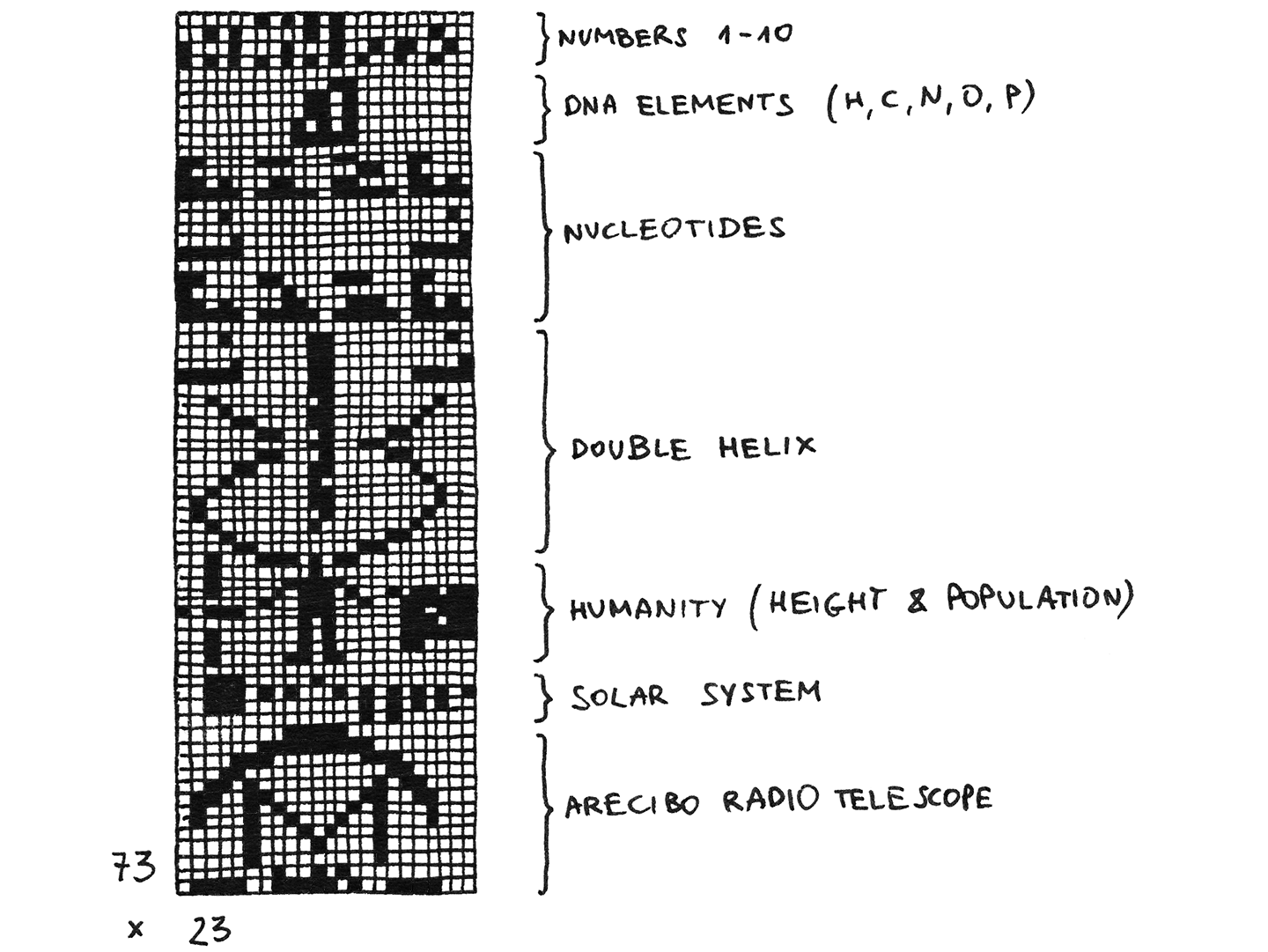
Contaminated with culture
Despite this variety of CETI attempts, all messages that we have sent (deliberately or otherwise) into space have one thing in common: they are a product of human civilisation and diverse terrestrial cultures. All contain an extra layer of complexity added by the cultural codes we use for communicating meaning. Founded on specific scientific principles, contingent on elaborate coding and decoding techniques and loaded with multi-layered contexts, human-coded CETI messages are very unlikely to be understood by alien civilisations.
But can we design interstellar messages that would not be contaminated with traces of our terrestrial culture? Can we communicate with a language that would be as transparent to alien minds as possible? In one of his finest science-fiction novels titled ‘His Master’s Voice’ Stanisław Lem suggests that the answer must be: No. He writes;
’[…] A state of complete “acultural” purity in principle cannot be achieved. The idea that, in sending to another civilisation an envelope containing models of atoms, it would be possible to eradicate from such a letter all traces of culture — that idea is based on an illusion. The trace can be greatly reduced, but no one, not in the entire Cosmos, is or ever will be able to reduce it to zero.’
If Lem is correct about this — and indeed he was with so many other predictions — our choice is between two alternative strategies for CETI:
-
Realism — to refine our existing ‘cultural’ codes, distilling out as much of the cultural contamination as possible and in the end accept the fact that our messages will never be culturally antiseptic;
-
Idealism — to devise new ways for communicating our messages in spite of the cultural contamination in the code, maybe even capitalising on the diversity of terrestrial cultures.
Destination: Mountain View
On November 10-11th I will be attending an expert workshop at the SETI Institute in Mountain View in California, titled ‘Communicating Across the Cosmos: How Can We Make Ourselves Understood by Other Civilizations in the Galaxy?’. At the meeting I hope to to learn what other CETI researchers think about these two strategies and whether we have two, three or maybe more strategies for CETI to choose from. I also look forward to stirring the discourse a bit by highlighting what we can learn from interesting stories of CETI in science fiction (including Lem’s novels).
You will be hearing more from me in the following few weeks, so direct your antenna receivers to the correct frequencies and stay tuned…
Update 08/01/15: Part 2 of our report is now posted here
We’re looking for participants to try out our Sequence Bundles visualisation tool! Register your interest here.
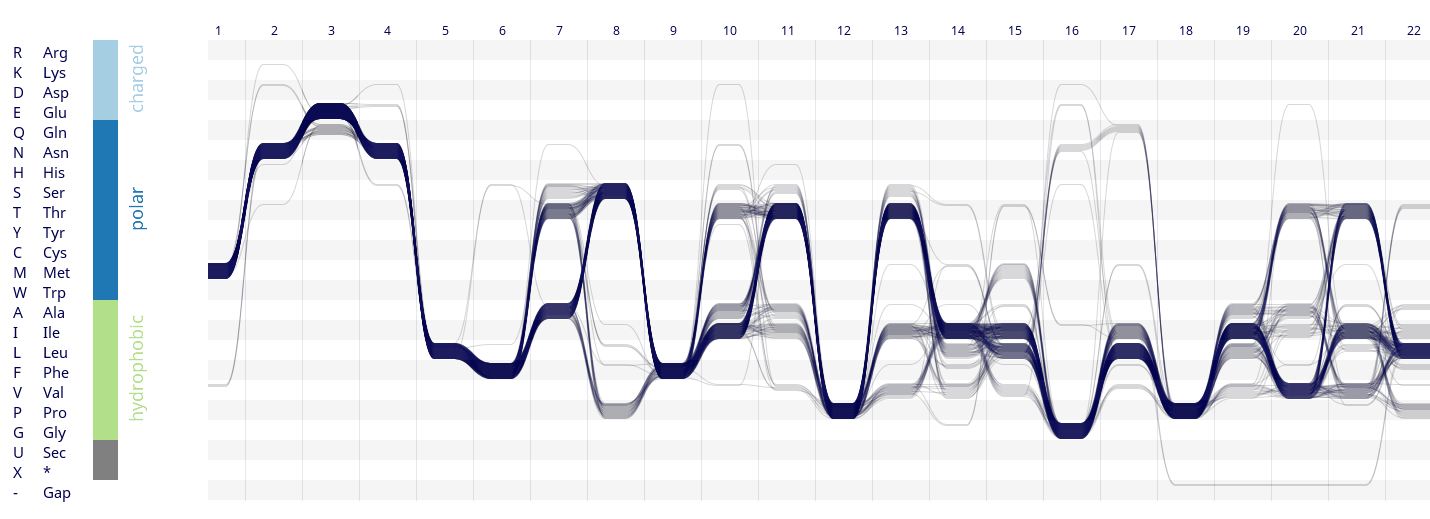
Sequences are plotted as stacked lines against a horizontal X-axis which marks the sequence base, and against a vertical Y-axis on which residues are arranged on a scale of their physicochemical properties.
Over the past year, we’ve been working together with the Goldman research group at the European Bioinformatics Institute to design a new interactive tool for visualising, exploring and discovering sequence motifs using our Sequence Bundles visualisation method.
This is what we would like your support with. As well as making sure that the tool we are creating is functional and accessible, we are interested in its ability to enable exploration and the discovery of otherwise hidden motifs and features.
For this, we are currently looking for researchers and academics working in the field and using multiple sequence alignments who would be interested in testing our Sequence Bundles tool.
What can I use Sequence Bundles for?
The Sequence Bundles tool allows you to do two main things - visualise and communicate your data as a set of continuous lines and explore your dataset by manipulating this visualisation. The aim of these features is to help generate new insight or support hypothesis making.
Visualise and Communicate
Sequence Bundles is a sequence-oriented visualisation of multiple sequence alignments (MSAs) that allows for a holistic overview of sequential data. Some of its features include:
- visualisation that preserves the continuity of sequence data;
- residues organised on a meaningful Y-axis;
- parallel view of both Sequence Bundles and sequence alignments;
- display of residue conservation and consensus sequence.
The Sequence Bundles visualisation can be exported to vector or bitmap formats and included into presentations or articles.
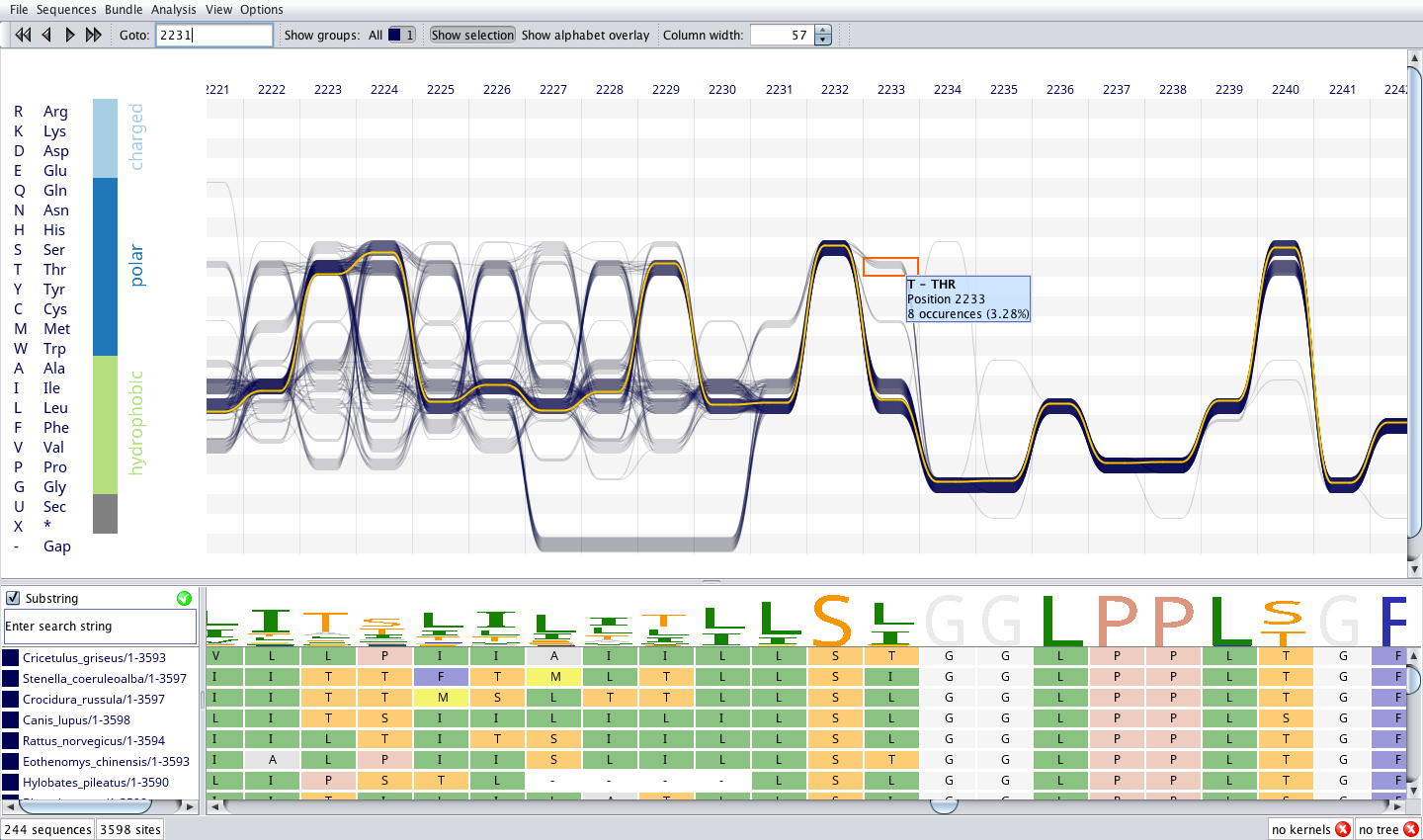
Visualising sequence alignments and the consensus sequence using the Sequence Bundles tool.
Explore and Discover
The Sequence Bundles visualisation tool allows you to manipulate and explore your dataset by using a wide range of features. Using the Sequence Bundles tool you can:
- explore sequence motifs and correlations;
- group sequences and identify sites for grouping;
- arrange residues relative to a chosen reference sequence;
- organise residues based on physicochemical properties.
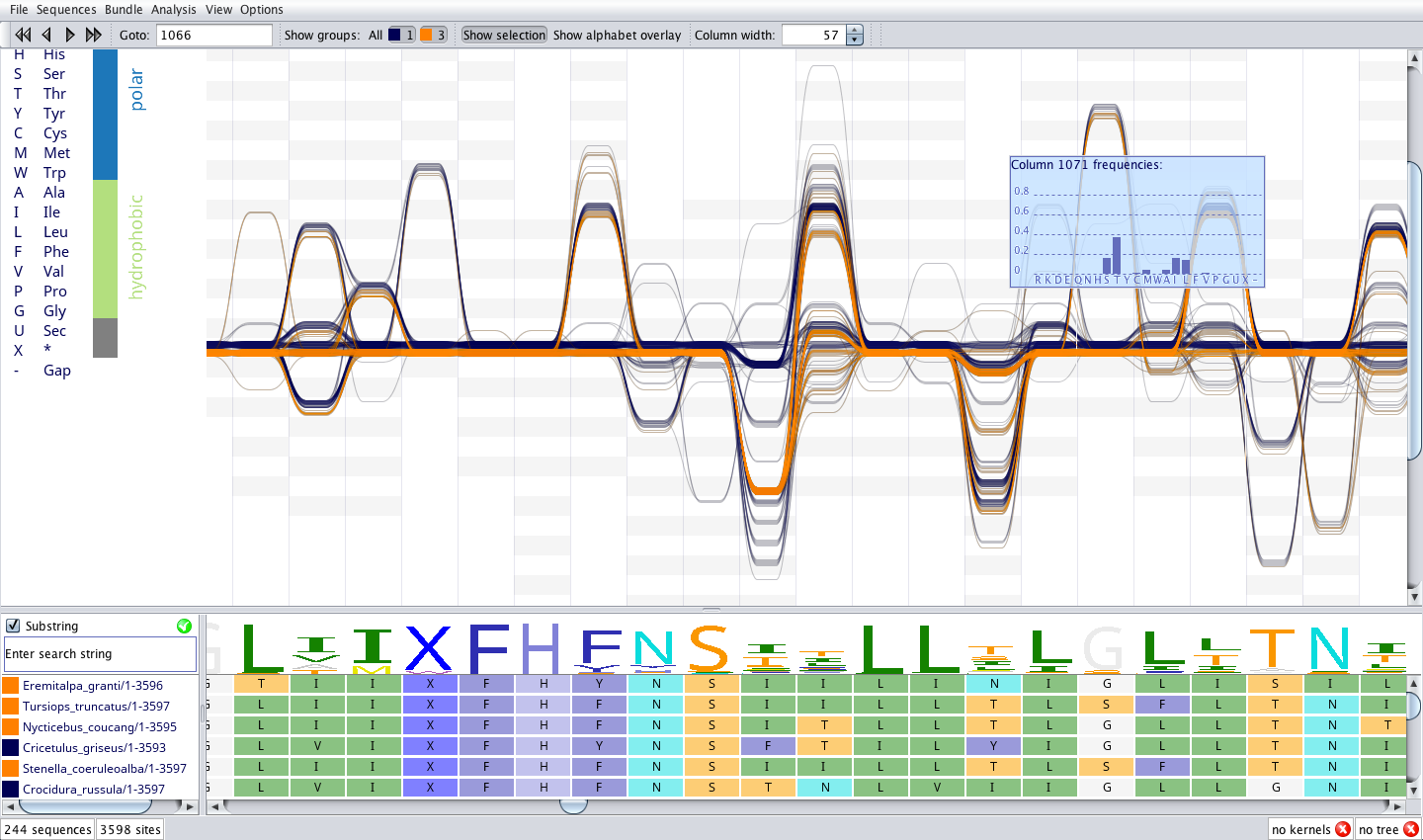
Exploration of sequence alignments using the grouping feature and arranging residues according to a chosen reference sequence.
Want to see your data as Sequence Bundles?
We’re planning to share the first version of the Sequence Bundles visualisation tool later on in the week as a close beta. If you’re interested in trying it out and helping us learn more about the types of discoveries it allows, register your interest here and we’ll be in touch shortly.
For more on the design process that led to the development of Sequence Bundles as well as the discoveries we made using the visualisation, read the paper we wrote for BMC Proceedings or check out our Sequence Bundles project page.
Hello and welcome to our new Science Practice blog!
We’ve been busy working on a lot of exciting projects over the past couple of months and we wanted to share them and some of the interesting things we’ve learned along the way with you. So, here are some of the things we’re currently working on.
Wrapping up Longitude
Science Practice was the lead research partner for the Longitude Prize 2014. We’re currently working on setting up a project page for Longitude so we can share some of the things we learned about designing challenge prizes and engaging with experts from the scientific community. We will also talk about our research approach, what worked and what didn’t.
Sequence Bundles visualisation and tool
Over the past couple of months we’ve been working together with the Goldman research group at the European Bioinformatics Institute to create a software tool for our Sequence Bundles visualisation method. We’re now close to launching the first iteration of this tool and start exploring how it can support researchers in discovering sequence motifs in their data. More to come as we venture out into conducting user studies.
Science Practice without borders
November is going to be a big month for us as we’ll be presenting at two international conferences. James G and Ana are off to the IEEE VIS 2014 conference in Paris where they will be talking about some of the best practices of visual design. Marek is heading to Mountain View, CA to participate in a workshop on extraterrestrial communication at the SETI Institute. But more about these in future posts.
That’s about it for now. You can find out a bit more about us and get in touch here.
Thanks for stopping by and hope to see you soon!
– The SP team
